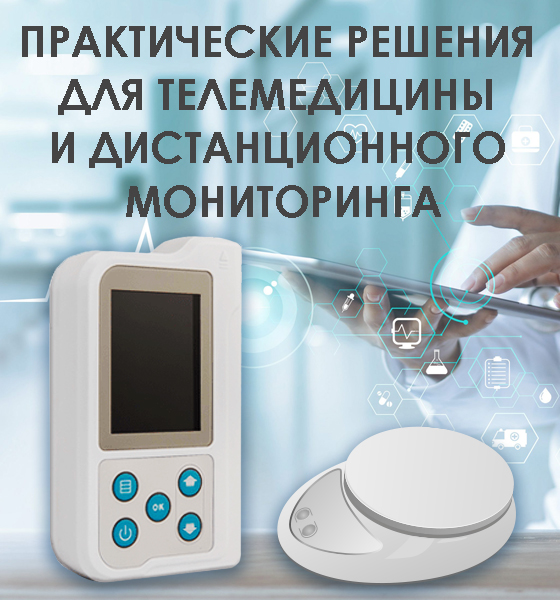Spontaneous Telemedicine Services – What Can We Learn?
 3306
3306 Much research has focused on telemedicine implementation and a recent document from Momentum lists 18 critical success factors. These include need, user buy-in, infrastructure, business plans and implementation strategy. But what happens if a service begins without any planning? Is failure a certainty? Two services have evolved spontaneously as doctors realize that they can improve patient care by using their phones to take and transmit photographs for specialist advice. What can be learnt from these?
Case study 1: Doctors working in rural public sector hospitals and trainee dermatologists have begun sending photos of skin lesions taken with their phones, and a brief history, by email to dermatologists at the local medical school who respond by email from their phones, tablet PCs or desktop. This is done on an ad hoc basis with referring doctors communicating with a dermatologist who they know. The dermatologists do not keep any records of the consultation other than storing them on their devices. As the participating dermatologists are salaried they see the benefit of this approach as it reduces the number of patients referred to their outpatient service.
Case study 2: There are a limited number of beds dedicated to burn care in the Province of KwaZulu-Natal and demand is high. Triage is needed to maximize use and access to these scarce resources. This has been by telephonic discussion. The burns specialists now require the referring doctor to also photograph the burn and send it by MMS. The specialist then makes a decision on transfer on the conversation and the images and communicates the decision by SMS or Whats App. The burn specialists have devised a pre-admission form to document patient details and the reason for acceptance or refusal of the transfer request.
Conclusions: These two services have taken different approaches, neither of which follow the 18 steps for successful implementation of telemedicine. They currently succeed because the doctors see the benefits to themselves and their patients but need to be formalized so that they meet regulatory and legal requirements. Is physician need the major factor for successful telemedicine implementation?
| Attachment | Size |
|---|---|
| Download | 91.9 KB |



















































